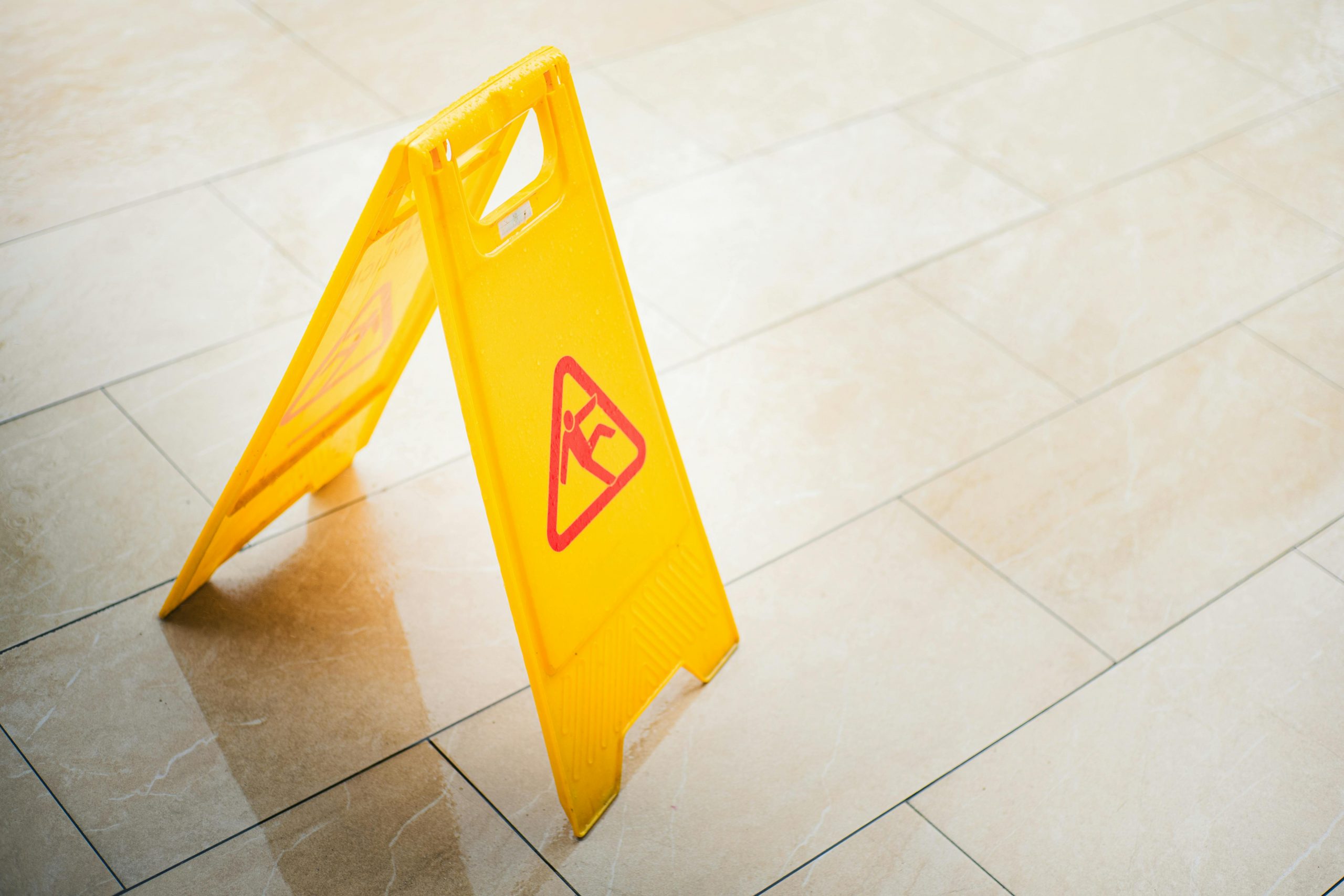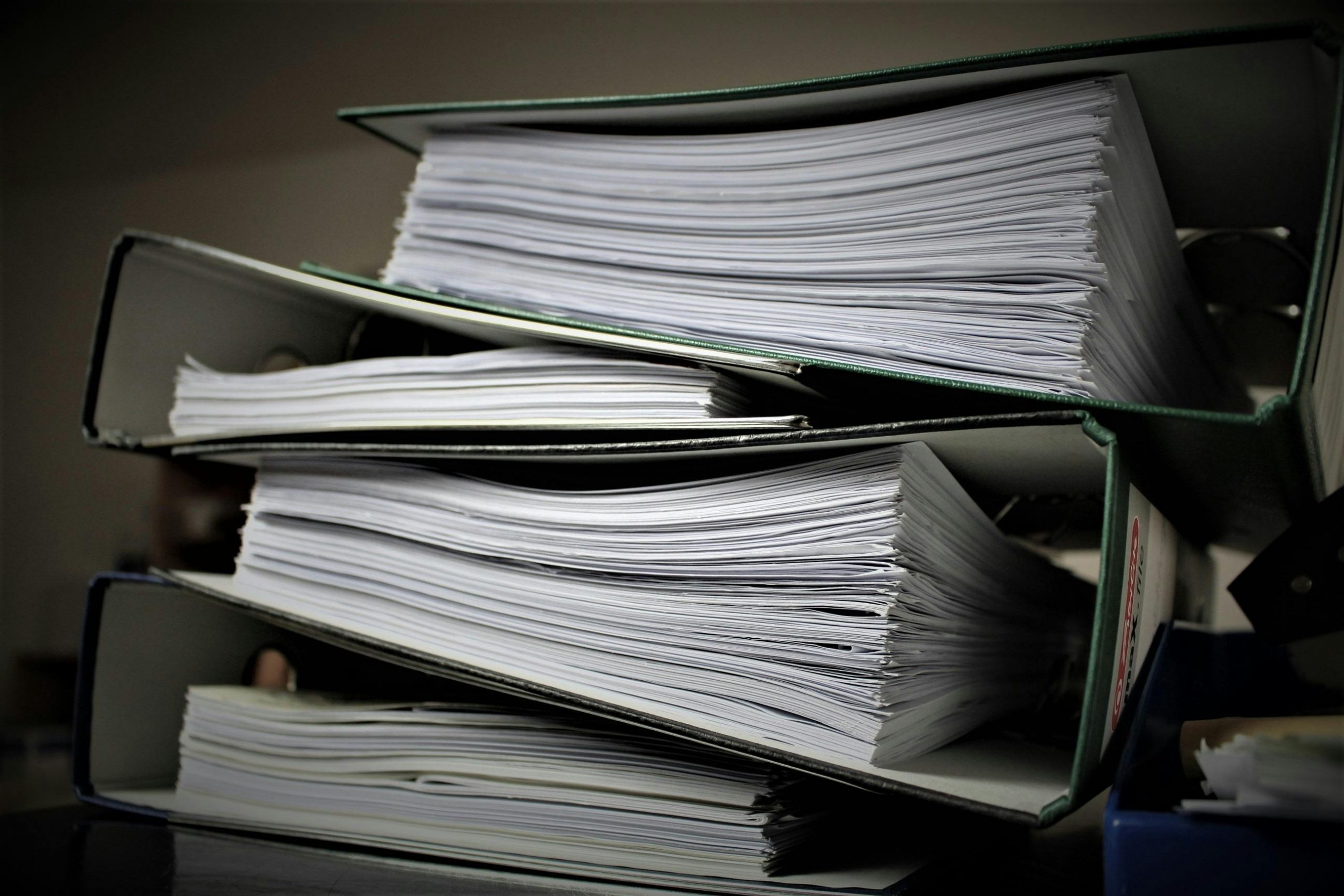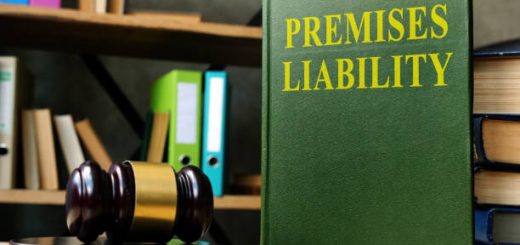Understanding Premises Liability Claim: A Complete Guide for New Claimants

- A premises liability claim arises when someone is injured on another person’s property due to unsafe conditions, and property owners have a legal duty to maintain safety.
- Eligibility to file depends on your legal status on the property (invitee, licensee, or trespasser), which affects the property owner’s duty of care.
- Common hazards include slip-and-fall accidents, trip hazards, inadequate security, fire hazards, swimming pool accidents, and animal attacks.
- Filing a claim involves seeking medical attention, reporting the incident, documenting evidence, consulting a lawyer, submitting the claim, negotiating settlements, and possibly pursuing litigation.
- Proving negligence requires establishing duty of care, breach of duty, causation, and damages, supported by strong evidence like photos, medical records, and witness statements.
- Compensation can cover medical expenses, lost wages, pain and suffering, property damage, and, in rare cases, punitive damages.
- Avoid common mistakes such as delaying treatment, failing to document the scene, talking directly to insurers without guidance, and missing filing deadlines to increase your chances of a successful claim.
If you’ve ever been injured on someone else’s property, you may have heard the term premises liability claim thrown around. But what does it really mean, how does the process work, and what do you need to know to file one successfully? This comprehensive guide is designed for new claimants who want to understand everything from the basics to maximizing compensation.
If you’ve ever been injured on someone else’s property, you may have heard the term premises liability claim thrown around. But what does it really mean, how does the process work, and what do you need to know to file one successfully? This comprehensive guide is designed for new claimants who want to understand everything from the basics to maximizing compensation.
What is a Premises Liability Claim?
A premises liability claim arises when someone is injured on another person’s property due to unsafe conditions. Property owners have a legal duty to maintain a safe environment, and when they fail to do so, the injured party may be eligible for compensation.
This type of claim is not limited to obvious hazards like wet floors. Property owners can be held liable for a wide variety of unsafe conditions, from inadequate security measures to poor maintenance of stairs, railings, or even outdoor pathways.
Examples of Premises Liability Scenarios
- Slip-and-fall accidents – Wet floors, icy sidewalks, or uneven carpets
- Trip hazards – Broken stairs, loose tiles, electrical cords in walkways
- Inadequate security – Assaults or theft due to lack of lighting or cameras
- Fire hazards – Faulty wiring, blocked exits, neglected fire alarms
- Swimming pool accidents – Unfenced pools, slippery surfaces, or unsupervised areas
- Animal attacks – Dog bites or other attacks from animals on property
Even seemingly minor hazards can lead to serious injuries and potential claims if negligence can be proven.
Who Can File a Premises Liability Claim?
Not everyone injured on someone else’s property can file a claim. Eligibility depends on your legal status on the property, which also affects the property owner’s duty of care:
- Invitees – People invited for business purposes, like customers in a store. Owners owe the highest duty of care to invitees.
- Licensees – Guests invited for social reasons, such as friends or neighbors. Owners have a duty to warn of known dangers.
- Trespassers – Generally, trespassers have limited rights, though some states allow claims under special circumstances (e.g., intentional harm or attractive nuisances).
Understanding your status is important because it determines the legal obligations of the property owner and the strength of your claim.
How Premises Liability Claims Differ from Other Personal Injury Claims
While all personal injury claims involve seeking compensation for harm, premises liability claims are unique in that they specifically involve injuries occurring on someone else’s property due to unsafe conditions.
Other types of personal injury claims include:
- Car accidents – Involve vehicles, road safety, and traffic law.
- Medical malpractice – Involves healthcare providers failing to meet standard care.
- Product liability – Injuries caused by defective products.
Premises liability is unique because the property owner’s duty of care is central to proving negligence.
Steps to Filing a Premises Liability Claim
Filing a premises liability claim involves multiple steps, each requiring careful attention to detail. Below is a comprehensive guide to help new claimants navigate the process.
Step 1: Seek Medical Attention
Your health is the top priority. Even minor injuries should be evaluated by a medical professional.
- Obtain detailed medical records, including diagnoses, treatment plans, and prescriptions.
- Keep all bills, receipts, and proof of payment for medical services.
- Document how injuries impact your daily life, mobility, or work.
Step 2: Report the Incident
Notify the property owner, manager, or relevant authorities as soon as possible.
- Request a formal incident report if the property has one.
- Provide a clear description of the event, including date, time, and location.
- Avoid admitting fault; stick to the facts when reporting the incident.
Step 3: Document the Scene
Evidence is critical for proving negligence.
- Take clear photographs of the hazard from multiple angles.
- Capture details like warning signs, poor lighting, or lack of barriers.
- Gather video footage if possible, such as surveillance cameras.
- Record witness names and statements while details are fresh.
- Preserve any objects or materials involved in the accident.
Step 4: Collect Supporting Evidence
Beyond photos, additional documentation strengthens your claim:
- Medical records and prognosis letters
- Pay stubs or employment records showing lost wages
- Receipts for transportation to medical appointments
- Repair bills for damaged property
Organizing this information in a single file can streamline communication with your attorney or insurance company.
Step 5: Consult a Personal Injury Lawyer
A qualified lawyer specializing in premises liability can provide several advantages:
- Evaluate the strength of your claim and potential compensation
- Advise on state-specific laws and deadlines
- Handle correspondence with insurance companies
- Represent your interests in negotiations or litigation
Step 6: File the Claim
Submit a formal claim to the property owner’s insurance company, including all documentation.
- Include photographs, witness statements, and medical records.
- Clearly outline the damages you are seeking, including medical costs, lost wages, and pain and suffering.
- Keep copies of all correspondence.
Step 7: Negotiate Settlement
Most claims are resolved through negotiation. Your attorney will:
- Communicate with the insurance adjuster on your behalf
- Evaluate settlement offers based on the full scope of damages
- Advise on whether the offer is fair or if litigation is necessary
Step 8: Consider Litigation if Needed
If the property owner or insurer refuses to offer fair compensation, filing a lawsuit may be necessary.
- Court proceedings involve discovery, depositions, and expert testimony.
- Litigation may increase compensation potential but also increases time and costs.
- Your lawyer will guide you on strategy and expected outcomes.
Evidence Needed for a Premises Liability Claim
Strong evidence is essential to support your claim. Here’s what is typically required:
- Photographs or videos of the hazard and surrounding area
- Detailed medical records documenting injuries
- Witness statements and contact information
- Incident reports from property management or law enforcement
- Communication records with the property owner or insurance company
- Receipts for any out-of-pocket expenses related to the injury
The more detailed and organized your evidence, the stronger your claim.
How to Prove Negligence
Proving negligence is the backbone of any premises liability claim. To succeed, you must establish four key elements, with additional evidence to strengthen your case.
1. Duty of Care
The property owner must owe you a legal duty of care.
- Owners of commercial or residential property generally have a duty to maintain safe conditions.
- Duty may vary depending on your status as invitee, licensee, or trespasser.
- Examples: repairing broken stairs, removing ice from walkways, or providing adequate security.
2. Breach of Duty
You must show the owner failed to meet their duty.
- Demonstrating neglect or failure to address hazards is critical.
- Examples: leaving a wet floor without warning signs, ignoring broken handrails, or failing to fix faulty lighting.
- Documentation, photos, and witness statements help prove the breach.
3. Causation
Your injury must be directly caused by the property owner’s breach of duty.
- Medical records linking the injury to the incident are essential.
- Witness accounts describing the event can support causation.
- Expert testimony may help in complex cases, such as structural failures.
4. Damages
You must demonstrate tangible harm resulting from the incident.
- Medical expenses, lost wages, and rehabilitation costs
- Physical pain and emotional suffering
- Property damage directly related to the incident
Additional Tips for Proving Negligence
- Preserve evidence promptly – hazards may be repaired or removed after the incident.
- Document communications – emails, letters, or phone logs with the property owner or insurer.
- Keep detailed journals – record pain levels, emotional distress, and lifestyle limitations.
- Use experts if necessary – engineers, medical professionals, or security consultants can provide credibility.
Statute of Limitations for Premises Liability Claims
Each state has a statute of limitations, which is the legal deadline to file a claim. Missing this deadline can prevent you from pursuing compensation.
- Typically ranges from one to six years, depending on the jurisdiction.
- Some exceptions apply for minors or hidden injuries.
Consulting a lawyer early ensures you meet deadlines.
How Compensation is Calculated
Compensation in a premises liability claim varies depending on the severity of injuries and losses. Common components include:
- Medical expenses – Current and future treatment costs
- Lost wages – Time away from work and potential future income loss
- Pain and suffering – Physical and emotional distress
- Property damage – Personal belongings damaged during the incident
- Punitive damages – Rare, awarded when the owner acted recklessly
Insurance adjusters will evaluate these factors carefully, and having a lawyer can help maximize your recovery.
Common Mistakes to Avoid
New claimants often make errors that hurt their case:
- Delaying medical treatment
- Failing to document the scene and injuries
- Speaking directly to the property owner’s insurance company without guidance
- Accepting early settlements without evaluating long-term costs
- Missing filing deadlines
Avoiding these mistakes can significantly improve your chances of a successful claim.
FAQs About Premises Liability Claims
Can I file a claim for minor injuries?
Yes, but consider whether the cost and effort justify the potential compensation. Minor claims may still cover medical bills or lost wages.
What if I was partly at fault for my injury?
Some states apply comparative negligence, which may reduce your compensation proportionally to your fault.
Can tenants sue landlords?
Yes, if the landlord failed to maintain a safe environment, tenants may file a premises liability claim.
How long does the process take?
Simple claims may resolve in a few months, while complex cases can take several years, especially if litigation is required.
Tips for First-Time Claimants
- Document everything meticulously
- Avoid posting details about your claim on social media
- Keep all receipts and records related to medical expenses and losses
- Communicate through your lawyer to protect your rights
- Be patient; the process may take time but careful preparation pays off
When to Consider a Lawsuit
Most claims are settled outside court, but a lawsuit may be necessary if:
- Liability is denied
- Settlement offers are insufficient
- There are disputes over injury severity or evidence
- Critical evidence is ignored or contested
Your lawyer can advise when filing a lawsuit is the best course of action.
In Summary
A premises liability claim can be complex, especially for new claimants. From understanding eligibility and types of hazards to filing steps, evidence requirements, and potential compensation, being informed is essential.
Proper documentation, timely action, and professional guidance are crucial to protecting your rights and maximizing compensation. By following this guide, first-time claimants can navigate the process confidently, avoid common pitfalls, and make informed decisions every step of the way.


